So, it’s been a while. If you’re still here I am endlessly grateful and hope that my little hiatus wont discourage you from sticking with me in Earth Exposure’s journey. I can’t promise it wont happen again but I will offer you my best photos as compensation for my absence. Before I share with you my latest work I’ll share with you all what I’ve been up to (although do feel free to skip to the photos).
I’ve titled this ‘New paths’ as this is as much about metaphorical new paths of life as it is about physically walking new paths in new places and documenting the beauty I see along the way.
Writing on Substack
For the better part of a year my goal was to reach 100 subscribers on Substack (which I did, thank you everyone for your support <3). I didn’t dare to think beyond that though. Being in my last year of university and on the hunt for a job while also working part time, every second was precious, so I sought to monetise my efforts and hobbies as much as I could.
I told myself that after 100 subscribers it would be justifiable to make an optional subscription for my writing because it meant a significant number of people cared to read my work, but when that time came, I couldn’t bring myself to. I set up a soft core version to receive payments last year (Earth Exposure tip jar) but will now be setting up an optional subscription as well. I know it may seem a bit odd to have taken a break and to come back and start charging, but part of the reason I took the step back was because at this busy point in my life, I unfortunately don’t have the luxury of writing purely for pleasure. I will still continue to post free thought pieces and photo essays available to all my wonderful readers, but some posts will be behind a paywall. I’m well aware they may sit there with no viewers for a while but if you do feel like you’ve gained anything from my content thus far, then it would be an honour to have you read all of my work.
Wildlife photography
I will always love wildlife photography and there’s no helping the fact that I have chosen clients that not only refuse to pay for their photoshoots, but most likely do not even want their photo taken. So, I figured I could try my hand at selling prints and making video content.
I realise now I must have sunk several days worth of time into using Photomator to hone my editing style and improve the quality of my pictures. So even though I’ve been away, you may notice that the quality of my photos are much better now :)
University and job hunting
I officially graduated in September 2024! I studied biology at university and spent the bulk of my final year at the Natural History Museum doing computational research on the genetics of the endangered Mauritius kestrel. I have always had a great interest in wildlife and passion for protecting it but I found it quite hard to figure out how I was going to do that once I got out of university. To think that my peers had internships and jobs lined up the moment they got out was a daunting feeling when I was still looking in all directions for any morsel of employment.
Having been a rhythmic gymnast on team GB I had moved into coaching part time at the start of university but couldn’t fathom doing only this for the foreseeable future and leave my degree as a mere wall decoration. So many mind maps, sleepless nights, job applications and failed interviews later, I’m pleased to say I’ll be interning as an ecology consultant. Getting to this point is what took priority the last few months and is why I haven’t been on Substack. Although it was a break I needed to take, I have missed reading everyone’s work just as much as I have missed writing. So even if in a lower capacity than before, I am pleased to be back.
Taiwan
I’m very excited to share you with some of my favourite photos from my latest trip to Taiwan.
I’ve been (with great difficulty) learning mandarin as my partner is Taiwanese. I was taking some beginner classes after I graduated but have been learning for over 2 years now so if you see some mandarin sprinkled around here and there that’s why. 五色鳥 (Wǔ sè niǎo) means 5 coloured bird1. I had seen this bird on a trip to Taiwan the previous year, but the photo did not do it justice- it was backlit as I was on the ground in a neighbourhood park and barbets are often high up in the trees. This December, my partner and I drove to the mountains to try and get a glimpse of some of Taiwan’s most elusive, endemic species. On the way up, there was a pit stop where hoards of birders had gathered with cameras and binoculars at the ready. I hopped out and set up next to them, testing out my language skills by trying to decipher what species they were excitedly whispering about. To my delight, I recognised a man say crouch down to his son and point out the “Wǔ sè niǎo” hopping about in the tree before us. Luckily being that high up, the top of the tree was pretty much at eye level which allowed me to get this photo. It is truly one of the most striking birds I’ve ever seen. Although its common across the country, its hard to see as clearly as we saw it up in the mountains.
The following are some less commonly seen birds (in fact only distributed in the highest elevations of the country).
The next three birds are what I like to call the ‘mohawk birds’. Despite the fact they have similar plumage on the head, they belong to different families so I probably shouldn’t group them together like that.
The Taiwan yuhina and Formosan2 yellow tit were an absolute treat to see. We didn’t manage to see them the previous year and based on the excitement on the faces of the birders at the viewpoint and the sound of cameras shuttering away, you could tell it was a special sighting.
I saw this coal tit early the following morning, higher up in the mountains. It moved so fast and the lighting wasn’t great but I managed to rescue one of the photos.
I spotted this niltava in a mixed species flock feasting on some berries at the same viewpoint from the first day. The male in this photo gets his striking colouration from a combination of pigments and unique feather structures. The orange underparts are formed by pigments known as carotenoids (which are produced by the plants they eat). The rich dark blue comes from very small air pockets inside the feather barbs that scatter incoming light. The feather itself contains pigments (melanins) that strengthen the feather structure and deepen the blue colouring. When you see this bird in low light or when it is backlit, the blue colouring resulting from light scattering is lost, so the bird looks black-and-orange instead of blue-and-orange… which is why it is also known as the black-and-orange niltava. This species is very dimorphic, with the female noticeably more mundane, but just as endearing. ‘Sundara’ is Sanskrit for ‘beautiful’ after all…
Interestingly, the sibia, yuhina, yellow tit, and niltava often travelled and foraged together in the same flock. Research3 shows that mixed species flock are a strategy that can improve the efficiency of feeding as well as boost individual safety.
Something I love about birding is that you can have completely switched off from scanning trees and bushes and have moved on with your day, and precisely at these moments of acceptance that you’ve seen your fair share of birds that day is precisely when nature throws some more unexpected birds your way. So, enjoy the following bonus birds.
Chinese is quite a literal language which I suppose is one of its easier aspects.
Some animals in Taiwan are called "Formosan" because "Formosa" was the name given to Taiwan by Portuguese sailors in the 16th century, meaning "beautiful island" ("Ilha Formosa"). The name stuck in Western records and was widely used before "Taiwan" became the common term.As a result, many native species were named "Formosan" to indicate their unique presence in Taiwan. For example: the Formosan black bear, Formosan sika deer, and the Formosan rock macaque. I have seen the macaque but have yet to spot the bear and sika deer.


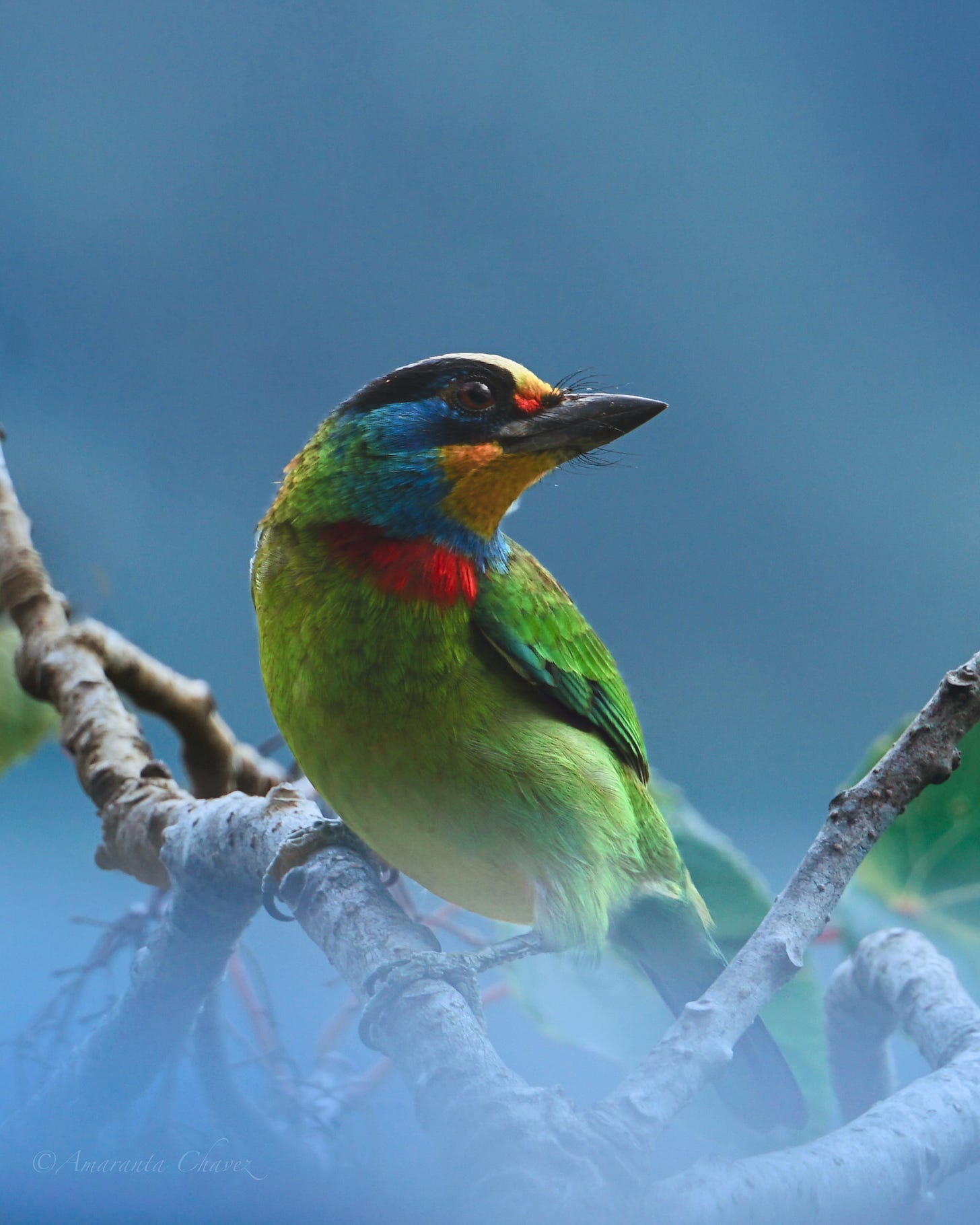
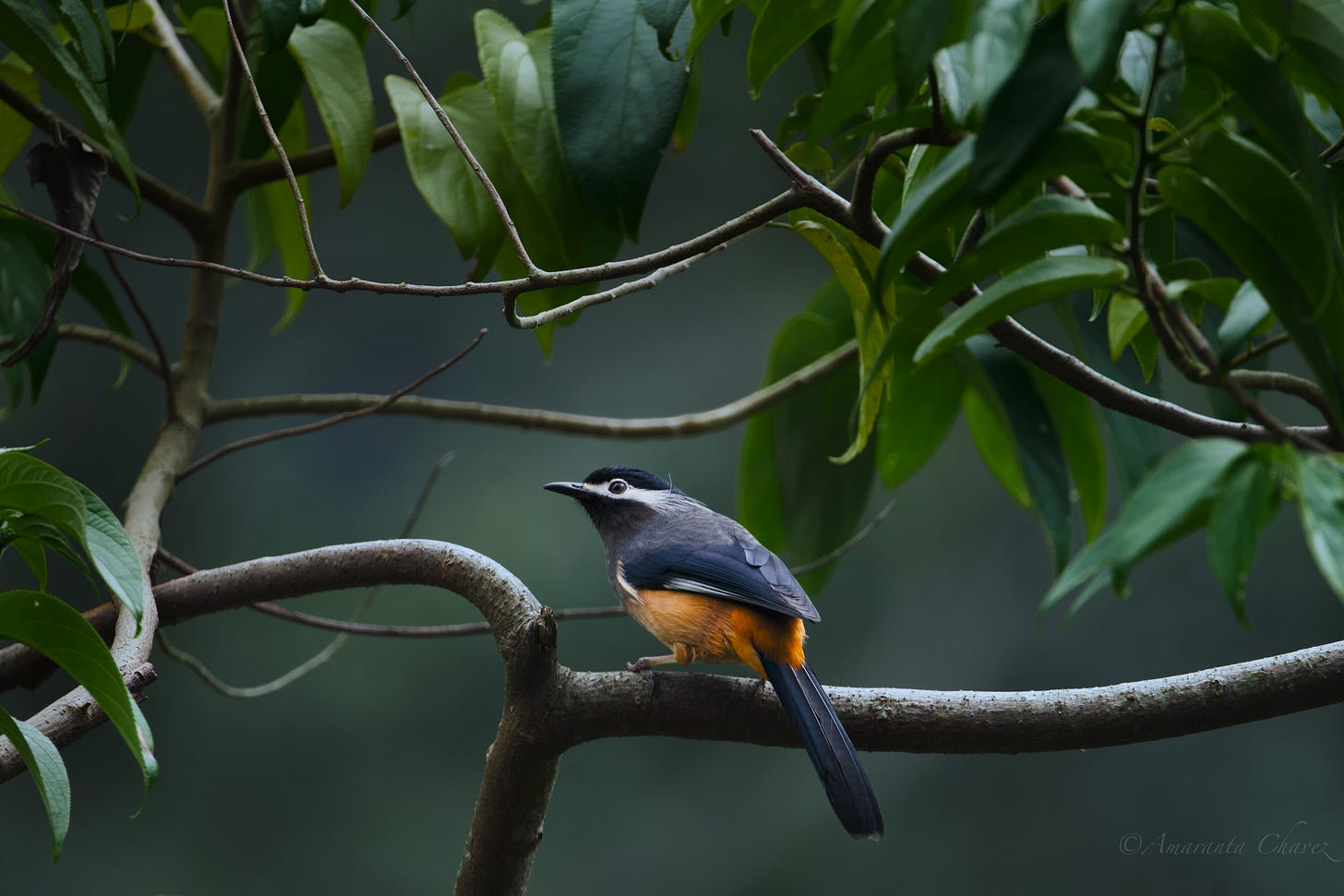

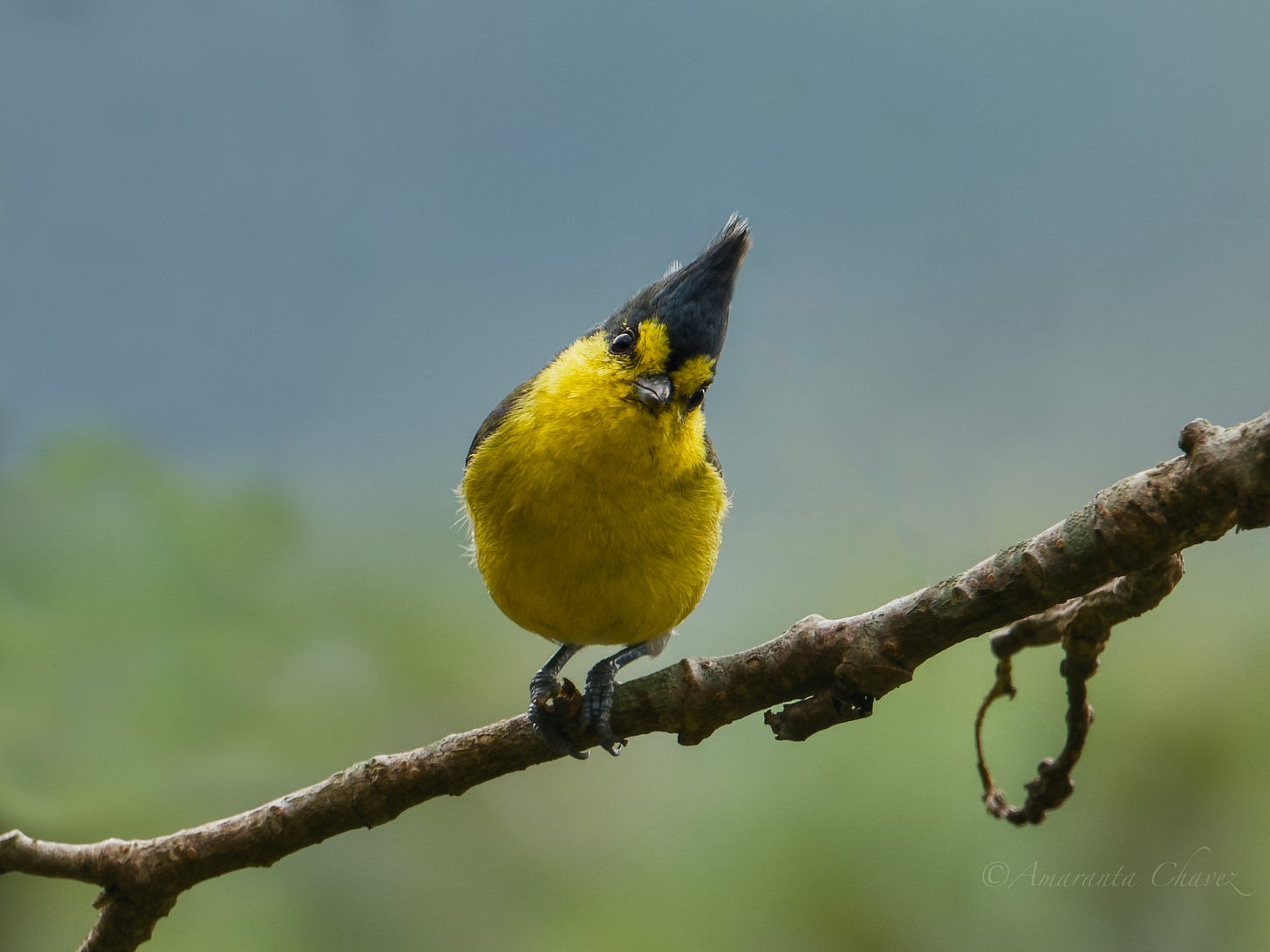
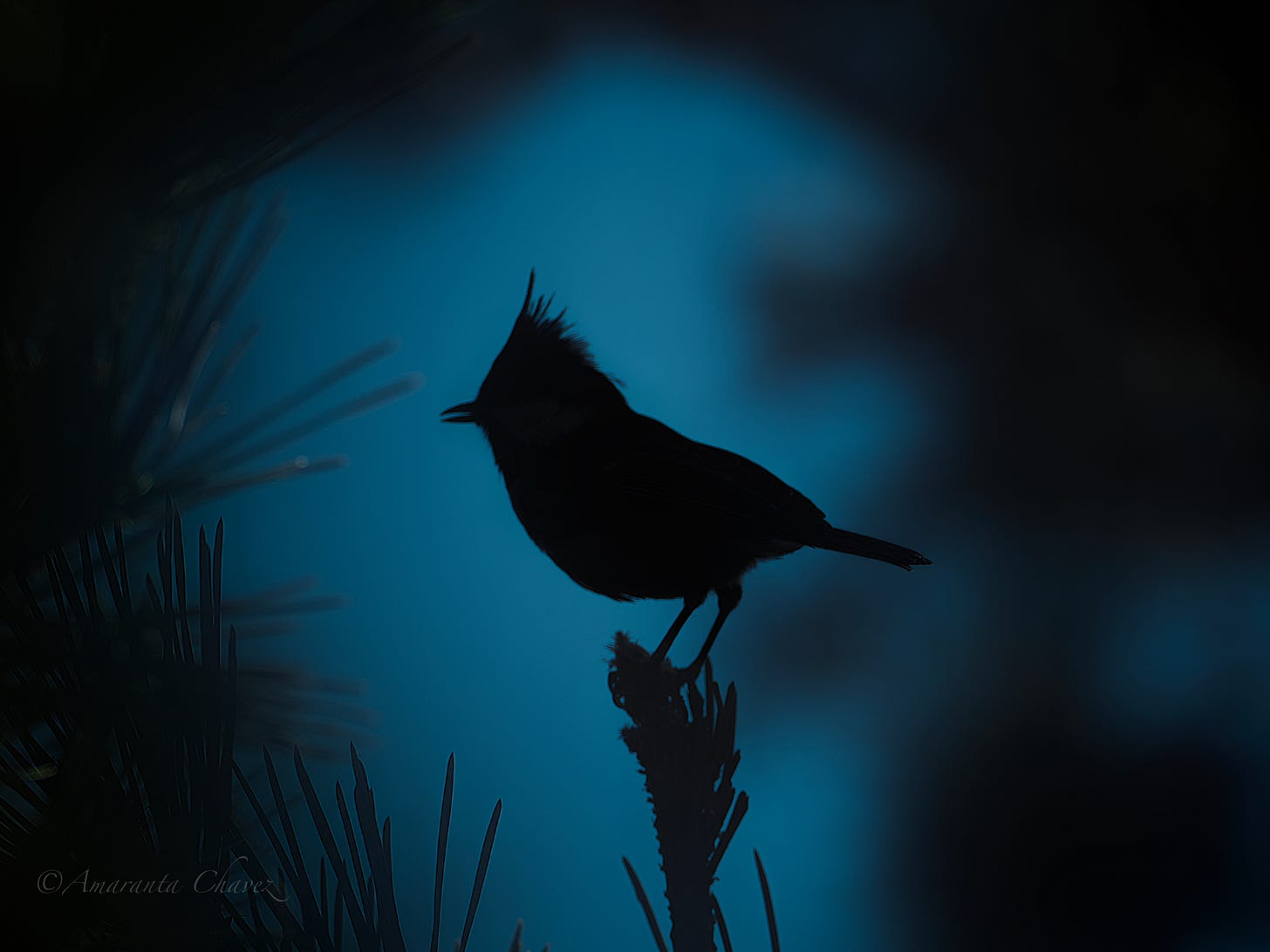
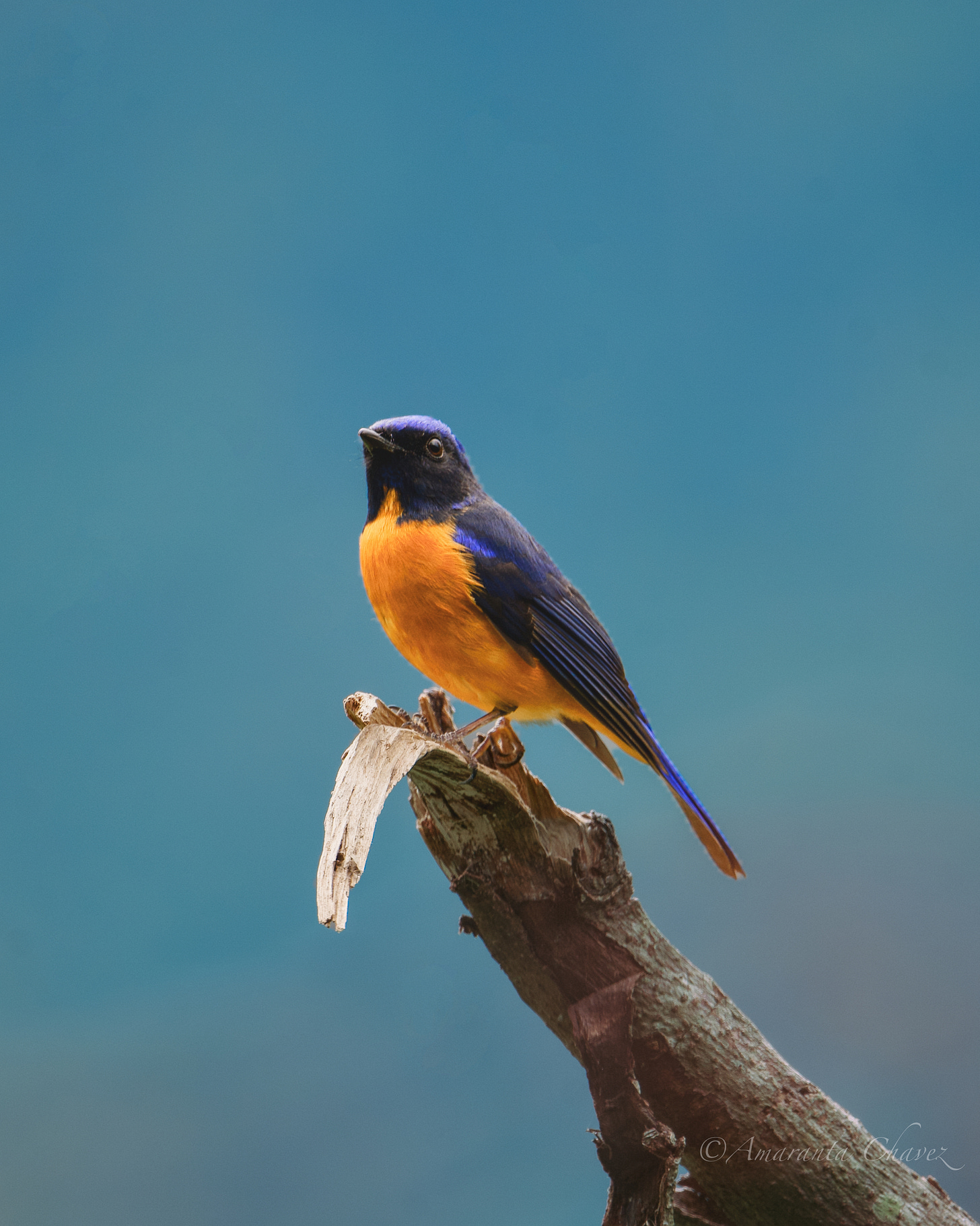
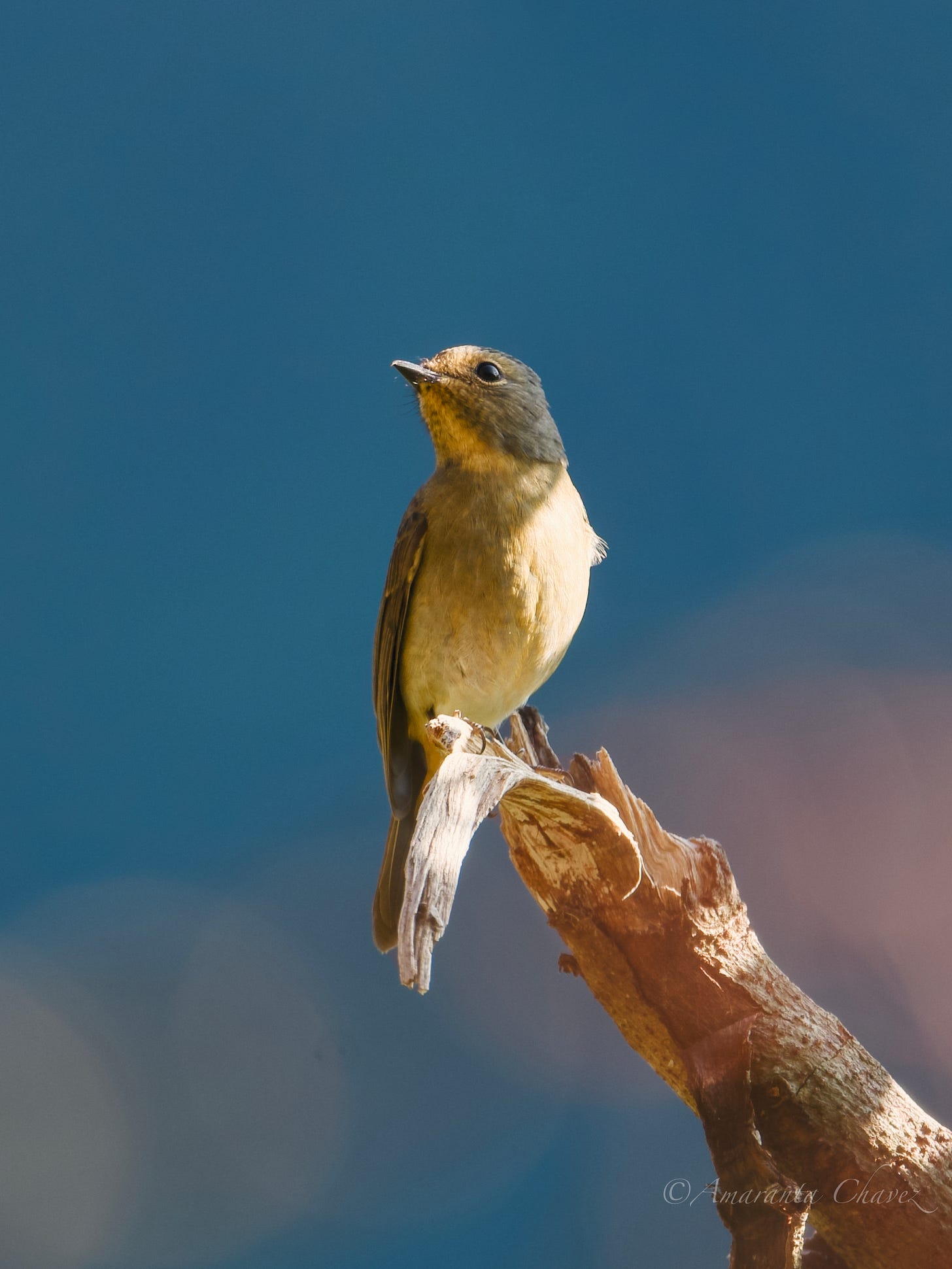
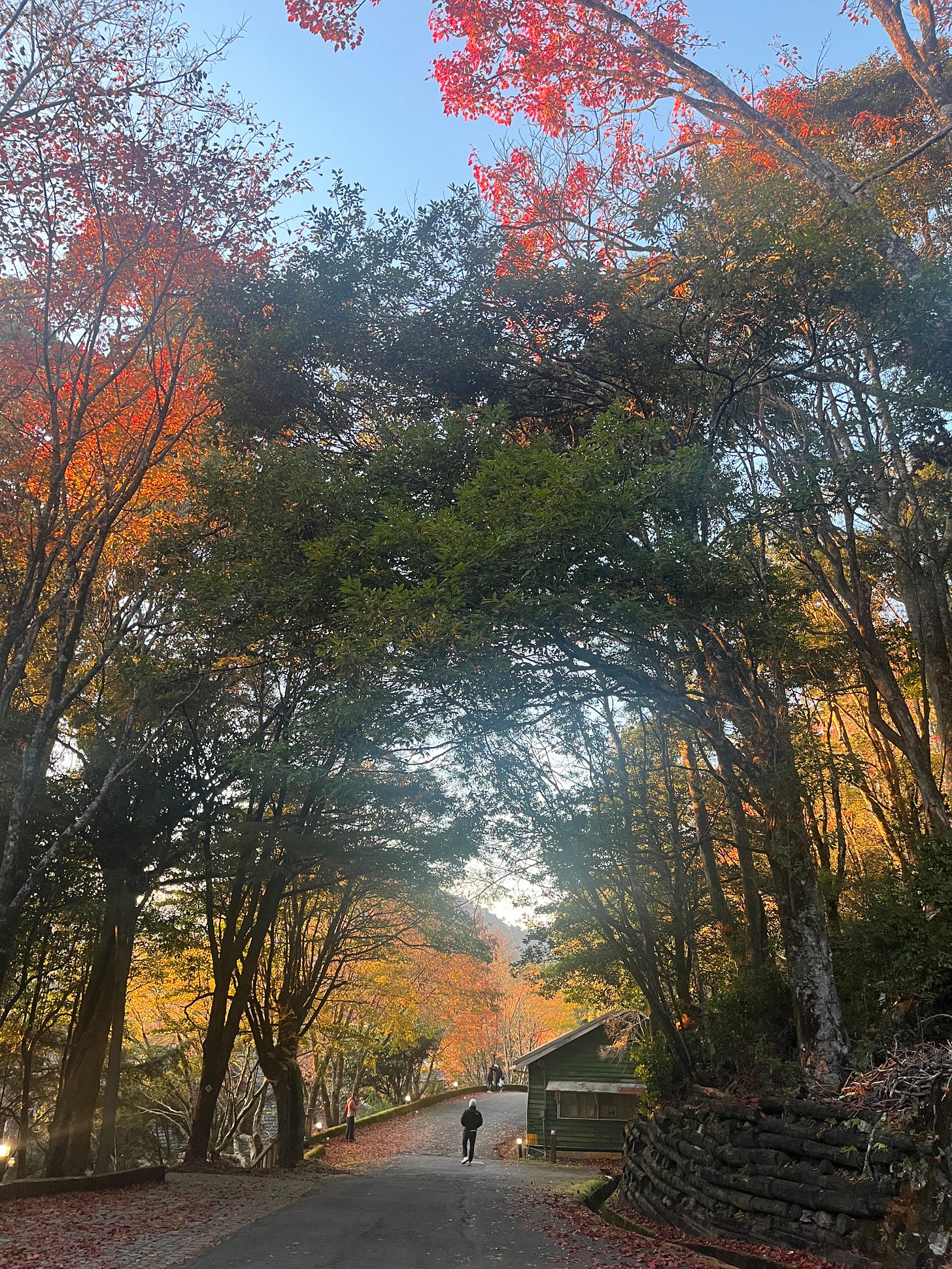

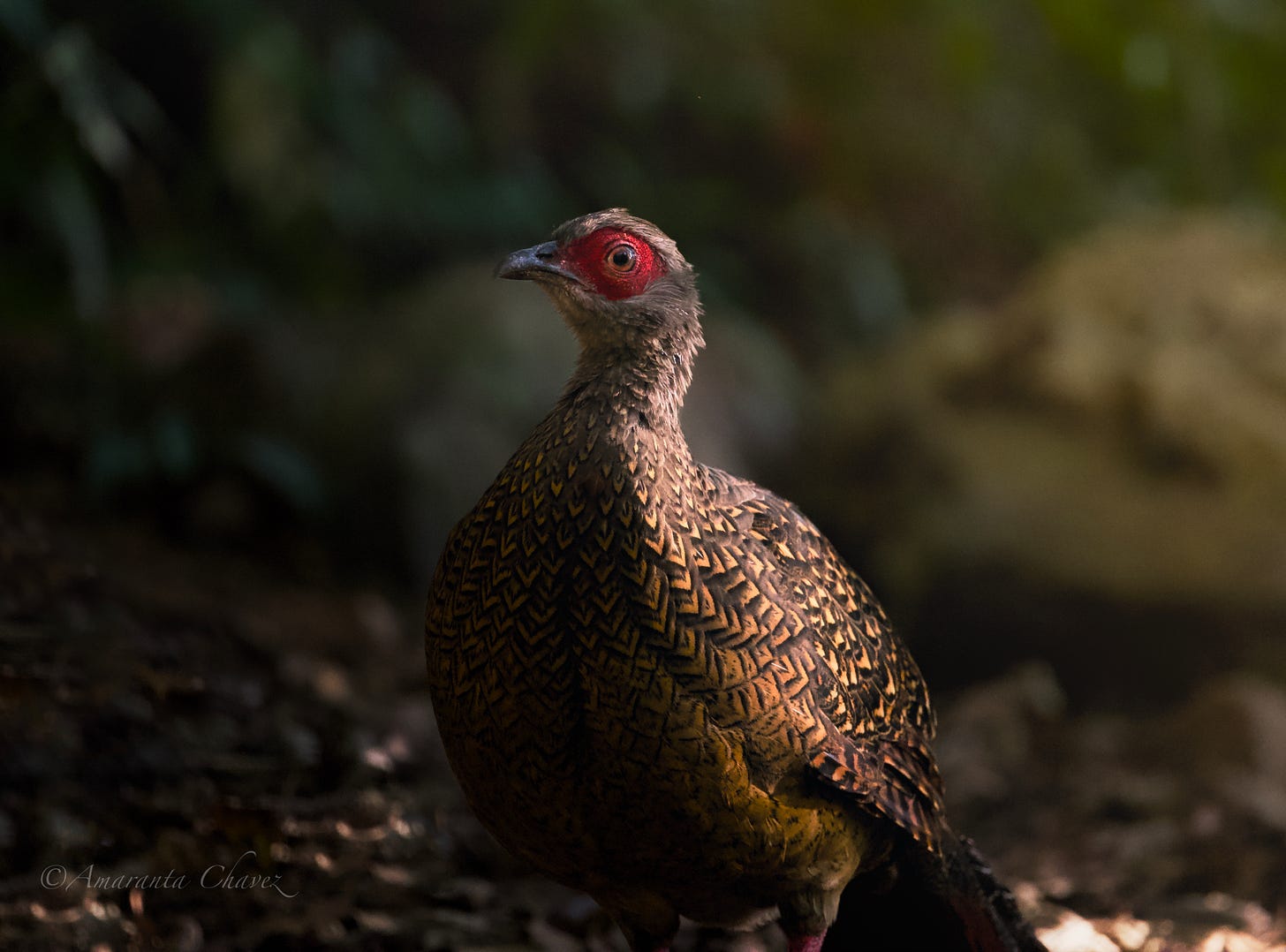

Great post and beautiful photos! And I'm happy to have found another fellow biologist here on Substack! 😊
Great article as always, amaranta - wishing you all the best in your new venture and look forward to hearing from you again very soon